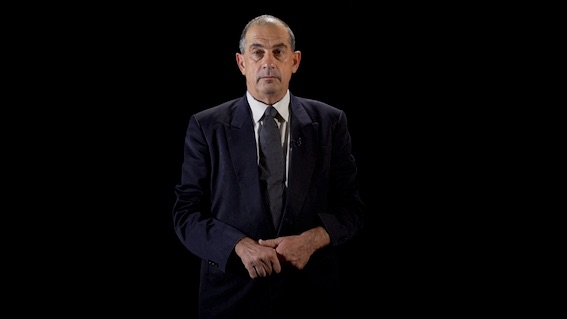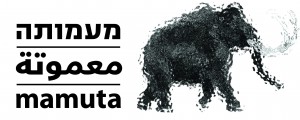Barbarians

Barbarians
In August 2018, the final hearing was held in the Municipality’s court case against the Barbur Gallery in Jerusalem. The court decided to issue a notice for its closure, but the highlight of the proceedings was a seminal speech by attorney Yossi Havilio, who represented the gallery. “Justice,” he said, “should not only be done, but also seen to be done.”
The exhibition Barbarism was conceived in the wake of the continual persecution of the Barbur Gallery and other art institutions and artists in Israel. It is made up of a collection of comments on the notion of “freedom of expression,” and contemplates the mechanisms that determine what is “accepted” and the “correct.” Through various modes of expression, such as speech, story, myth, law, and stageplay, the exhibition presents “barbaric” cases that are Other, or Different, and which raise questions about the notion of “freedom of expression.” It does not necessarily seek to offer a set of liberal or pluralistic beliefs, but rather tries to establish the extremes of expression that our society is willing to bear. As part of the exhibition, the underground spaces of Mamuta in Hansen House will become a temporary publication space—a non-hierarchical platform for expressions that have hitherto been made in the dark, censored.
At the heart of the exhibition is the “Censorship Archive”—a collection, open to the public, of dozens of censored works that were sent to us in response to an open call. All the participating works were either removed, muted, redacted, cut, covered up, rejected, or disqualified once they sought to be published, due to institutional, familial, religious, political or self-censorship. In constructing the archive, no curatorial selection was made: every work that was sent in is presented, accompanied by a text that tells how it was censured. The entire collection of assembled works—a compendium of possibilities that failed to conform with what is deemed accepted and appropriate—outlines the concept of censorship itself, a unique panorama of time and place.
Beside the “Censorship Archive,” the exhibition features three additional stations.
The first station presents works that tackle fundamental, ethical and political issues arising from the concept of “freedom of expression.” Here we find the video No Confidence by the Sala-Manca group in collaboration with Amir Boltzman—including a recretion of Havilio’s speech in the Municipality’s court case against the Barbur Gallery. It is several years now that Barbur has been operating in the Mazkeret Moshe neighborhood in Jerusalem, and since 2005 it has had to contend with political persecution over its hosting of “controversial” political activity. On August 30, 2018, a hearing was held at the Jerusalem Magistrate’s Court in the matter of the Jerusalem Municipality’s lawsuit against the gallery. In the video clip, at the artists’ request, the gallery’s attorney, Yossi Havilio, recreates the essence of his arguments at that historic hearing, in which Judge Amir Dahan ruled that the gallery must vacate its premises. Also presented at this spot will be Bertolt Brecht’s educational plays, He Said Yes / He Said No, which were adapted as a radio sketch by Jozsef Sprinzak.
At the second station are presented specific cases of “barbaric” artists—artists who took a risk, or whose figure challenges the accepted, who have paid, or may pay, a price for their art. Rafram Haddad’s work, Fish in a Suitcase, is presented along with a recorded video interview with him that was produced especially for the exhibition, in which he tells the story of how he was arrested by the secret police in Libya after carrying out an artistic mission there, and imprisoned for six months in solitary confinement. Miriam Vilner’s work, 1.2 Kuni Lemel, consists of three comic books that depict the anarchist life of a member of the “Hilltop Youths,” from an extreme messianic right-wing perspective, and his relationship with the Shin Bet. The third station features visual and textual representations of barbaric incidents, or cases of denunciation. In Animals, Shahar Yahalom imprints barbaric-violent acts in plaster “headstones,” or sculptures. Nino Binayashvili presents an audio and graphic adaptation of Edlett’s expulsion, based on an Canadian Inuit legend of social denunciation.
The exhibition is a response to the deterioration of freedom of expression in Israel, a topic at the heart of the public agenda. The exhibition is also the first joint creative product of the group of Artists in Residence at the Mamuta Center, which is run through dialogue with its founders. The exhibition was conceived, curated, and produced collectively in Jerusalem, and through dialogue with the Sala-Manca group in exile.The group of Artists in Residence: Sagit Mazmer, Yves Kristal, Nurit Drimer, Amir Boltzman and Yehudit Schlossberg-Yogev.
The project is supported by the Culture Administration of the Jerusalem Municipality and Mifal Hapayis.


